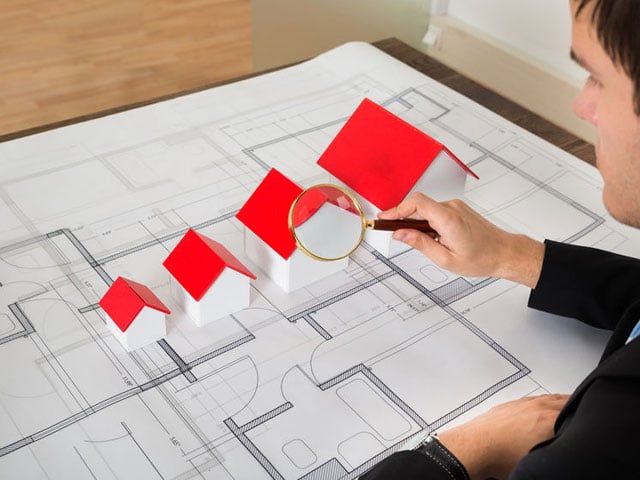Claim for construction defects
In the case of construction defects or breaches of contract, the starting point is the system provided for in Art. 1591 CC, which establishes a system of liability for defects caused by the contractor, either due to construction defects or contractual breaches, varying the term for each of the cases, namely ten and fifteen years respectively, also establishing a system of liability of the architect, who can be required to pay compensation for ten years for defects in the management or the floor, and an extensive case law doctrine developed under the protection of the many cases included under the aforementioned precept can be studied.
Subsequently, the LOE, with the aim of establishing a more protective system for consumers, has regulated in art. 17 LOE the civil liability of the agents involved in the building process.
The traditional regulation of land, according to the Explanatory Memorandum, contrasts with the lack of a legal configuration of the construction of buildings and a variety of regulations, the whole of which suffers from serious gaps in terms of the liability of the agents involved, as well as in the guarantees to protect users.
For this reason, it is a question of indicating, for the different agents that participate in the building process, clear specific obligations from which their responsibilities derive, which can be demanded personally and individually both for their own acts and those of their subordinates, determining solidarity when the responsible party cannot be individualised or there is concurrence of faults.
It is established that those actively entitled to claim are those who were the owners of the building, while passively any agent of the building process, it is insisted, without prejudice to the actions that correspond to the buyer against the seller.
There are also cases of exoneration of the liability of the agent in the construction process when an act of God, force majeure or the fault of a third party or victim is proven, which breaks the causal link between the action or omission and the harmful result.
It should also be noted that the legal system of liability established in the Ley de Ordenación de la Edificación describes the civil liability of the participants in the construction process, although it should not be forgotten that there may also be administrative liability and criminal liability, depending on the seriousness of the facts. Jurisdiction lies with the civil courts, even in the case of subsidised housing.
As stated in the SC ruling of 21 February 1998, case law has declared (SC rulings of 11 May 1989 and 3 December 1993), that the competence of the administrative authorities to be able to instigate disciplinary proceedings for defective construction of subsidised housing does not in any way exclude the sole competence of the civil jurisdiction to hear the corresponding proceedings, even in the case of subsidised housing, when the action brought in the same is that of ten-year liability regulated by art. 1591 CC.

On the other hand, civil liability will be contractual or non-contractual depending on the link between the owner of the building and the participant in the building process who is shown to be the agent of the damage. Case law has repeatedly declared the independence of the ten-year civil liability and tort actions, which are enforceable under Art. 1591 CC, but also the possibility of their coexistence (Judgments of the SC of 22 June 1990 and 30 January 1996) and therefore of their accumulation, when in causing the ruin of the building there are multiple actions or omissions attributable to persons whose liability derives from one and the other legal precept, due to their link or not with the contract for the execution of the ruined work. In addition, there is also room for direct actions derived from insurance contracts under the protection of articles 19 LOE and 76 LCS, apart from actions for the protection of consumers and users and those for demanding corporate liability or that of its administrators.
In conclusion, the liability regime foreseen in the Law on Building Regulations refers only to damage caused to the building, from its entry into force, due to faults or defects that affect its structural safety, its habitability or its finish. This means that there are three basic elements common to the whole liability system.
The first is the building, understood as any building included in art. 2 LOE Secondly, material damage caused by faults or defects, with which the concept of ruin, basic in the application of art. 1591 CC, is abandoned; furthermore, not all damage that requires repair of the work is within the scope of protection of the Law, as only those relating to the structural safety of the building, its habitability or its finish are protected. Thirdly and lastly, that this system of liability only applies to buildings for whose projects the corresponding building permit has been applied for since its entry into force, which was on 6 May 2000 (addendum 1 and final provision 4 of the LOE).
News on construction defects

In a recent case involving the exchange of a plot of land in exchange for building work, the Supreme Court has declared that the delay in the delivery of the...